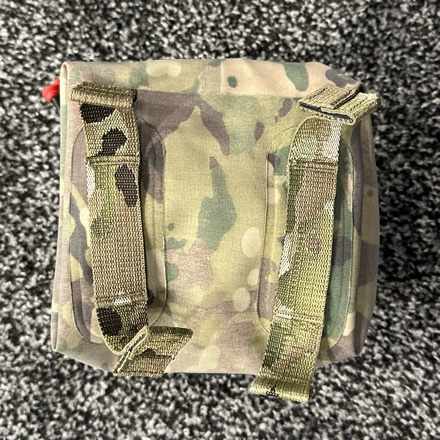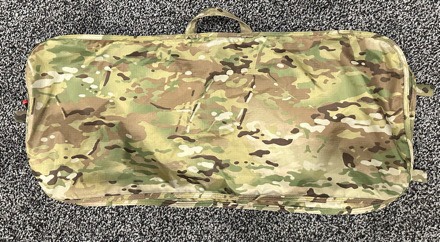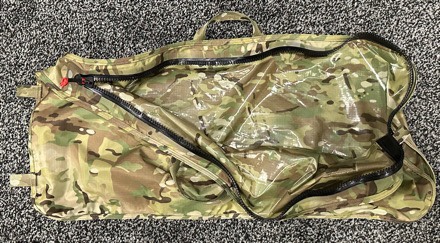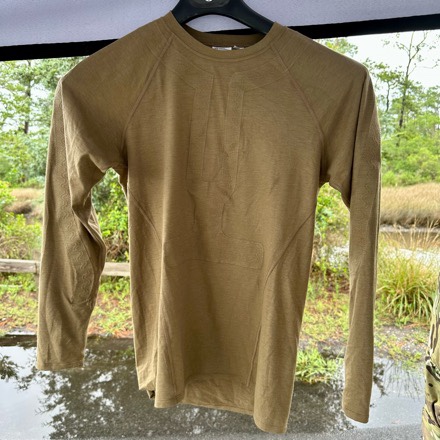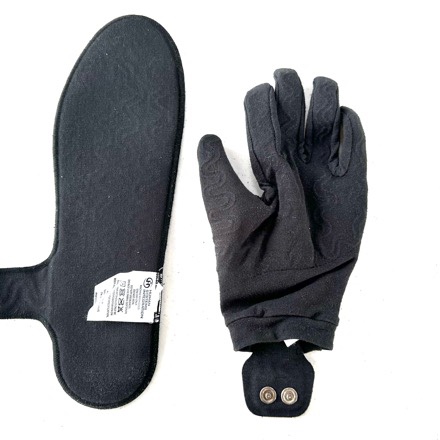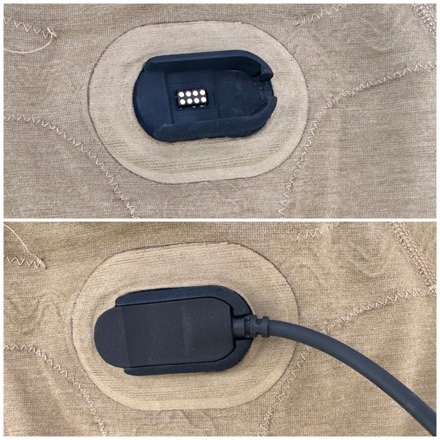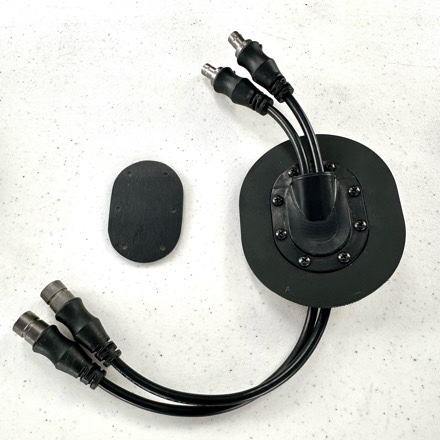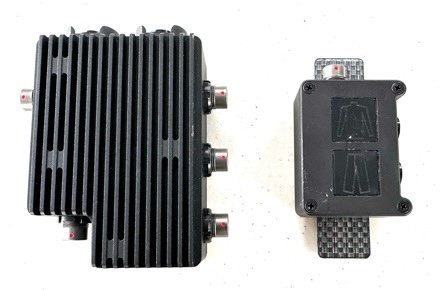SCUBAPRO has been working closely with the Search and Rescue (SAR) community to help with the development of a new Odin Helmet Mask strap. SCUBAPRO has the Odin Helmet mask strap which allows you to attach any SCUBAPRO mask that works with the comfort strap to an Ops Core, Team Wendy exfil, Galvion helmet rails, and even the Ops Core Skull mounted system. Essentially, for anytime you must wear a helmet and a dive mask at the same time. When using a diver propulsion vehicle (DPV), the Patriot3 Jet boots, or over the beach (OTB), any time it’s a good idea to wear a helmet.
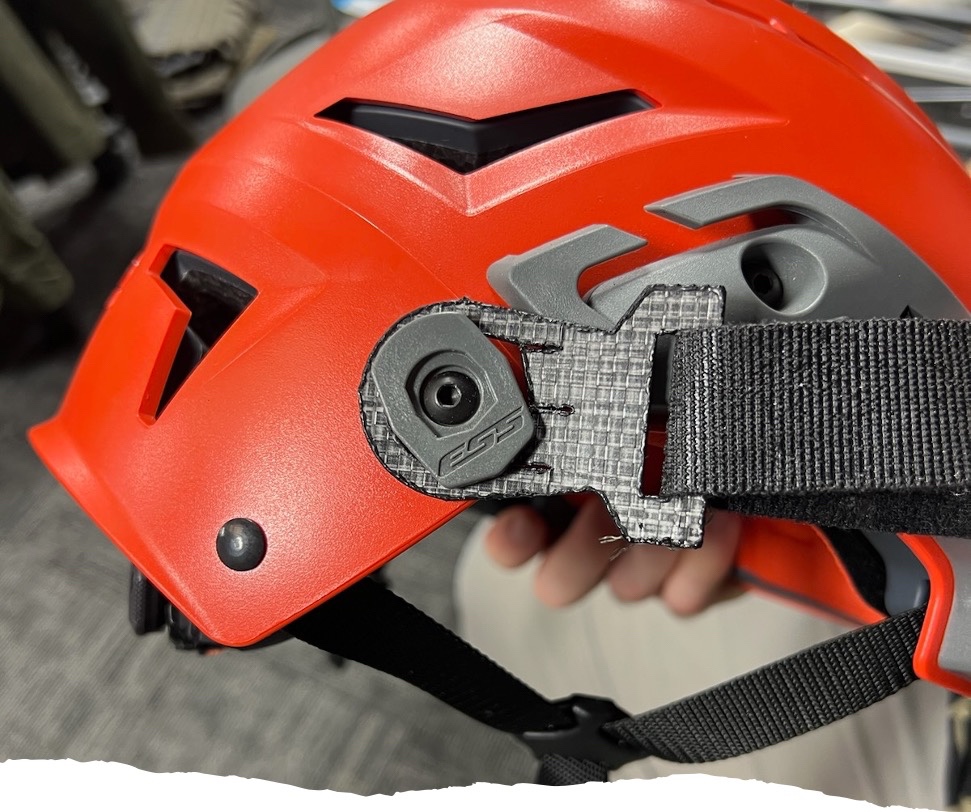
With the updated TW Odin strap you can now attach your SCUBAPRO mask to the Team Wendy SAR helmet. Allow for ease of use when using a mask with a helmet. It is made for SCUBAPRO by S&S Precision and is in the process of being added to the US Navy SAR State of the Art Catalog (SOA). This will allow all Navy SAR swimmer to use it, with any SCABAPRO Mask that works with the comfort straps.

Both Odin straps now have a new mask clip which allows the strap that attaches to the mask, to be pulled tighter with one hand.
Part number for the Odin strap (older model) that works with Ops Core, Team Wendy Exfil and Galvion helmets.
24.815.100
New Odin strap TW for the Team Wendy SAR helmet
24.815.200


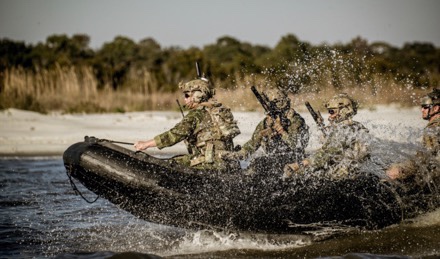
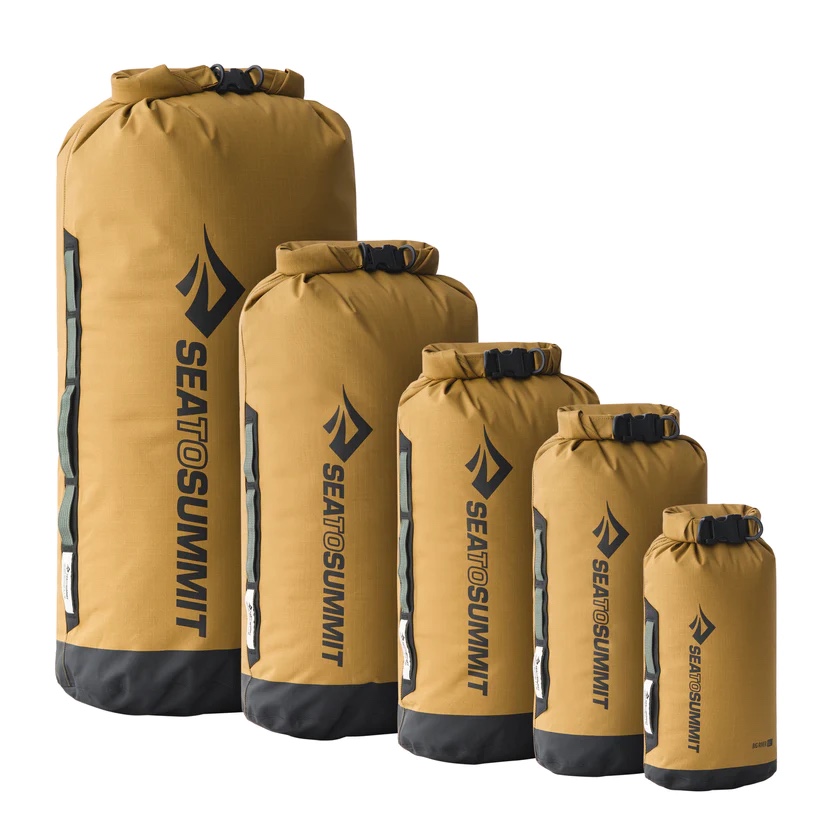

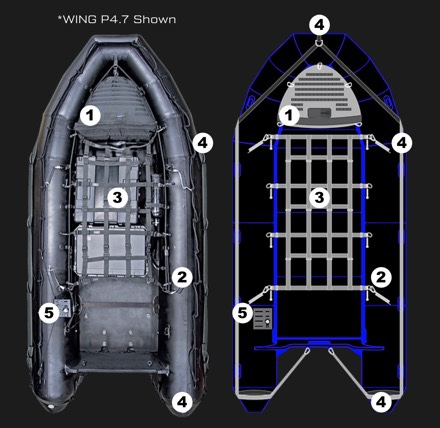
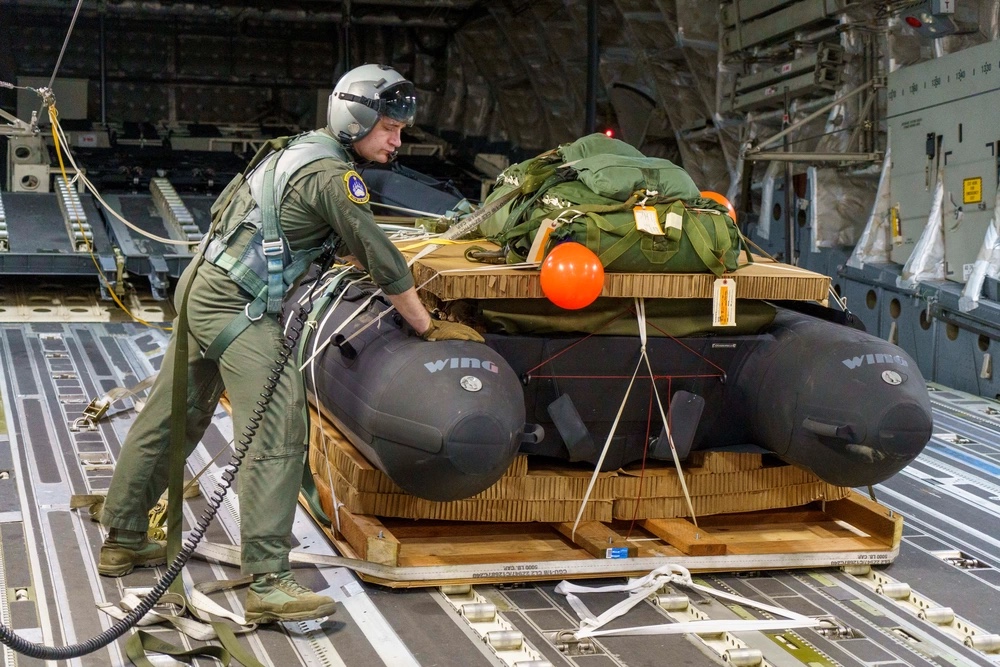
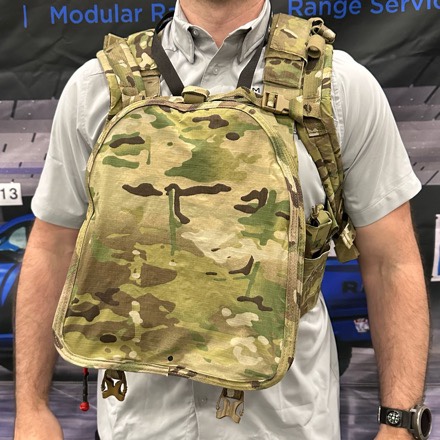
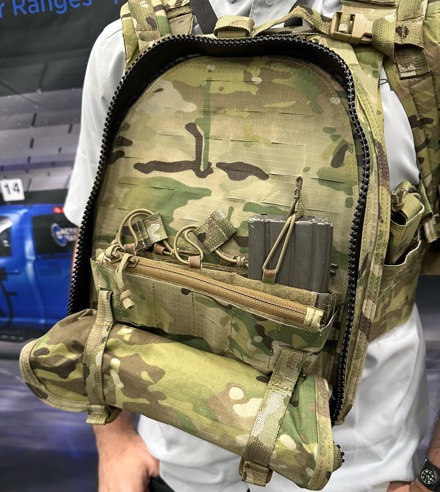
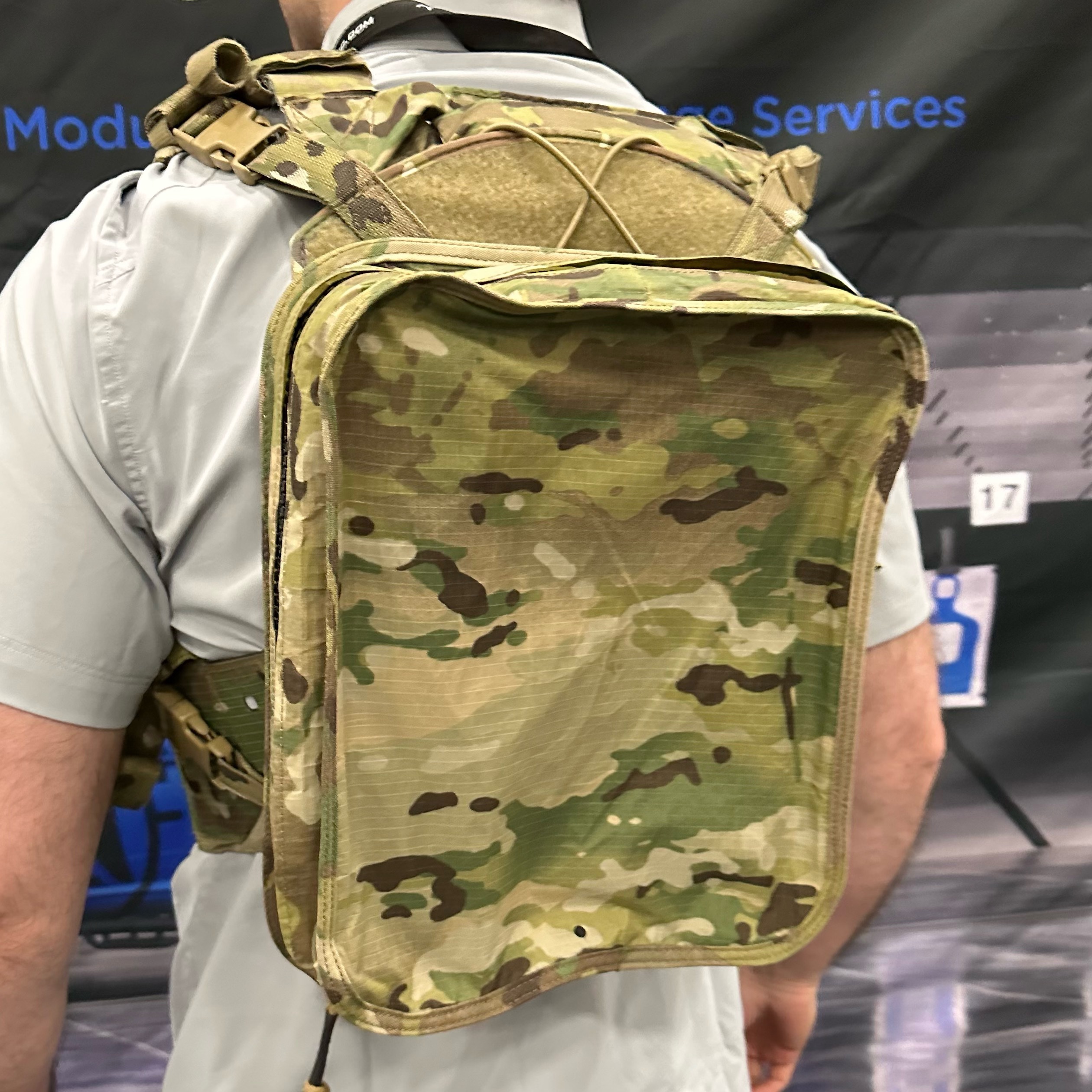
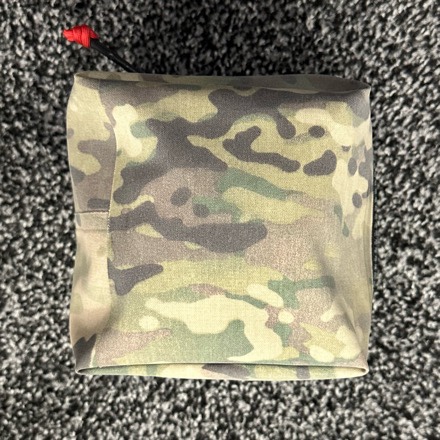 The Side Pouch is a 6″x6″ lightweight waterproof GP pouch intended to attach via PALS to the cummerbund. It incorporates a waterproof zipper and like the entire Raider line, sealed seams.
The Side Pouch is a 6″x6″ lightweight waterproof GP pouch intended to attach via PALS to the cummerbund. It incorporates a waterproof zipper and like the entire Raider line, sealed seams.